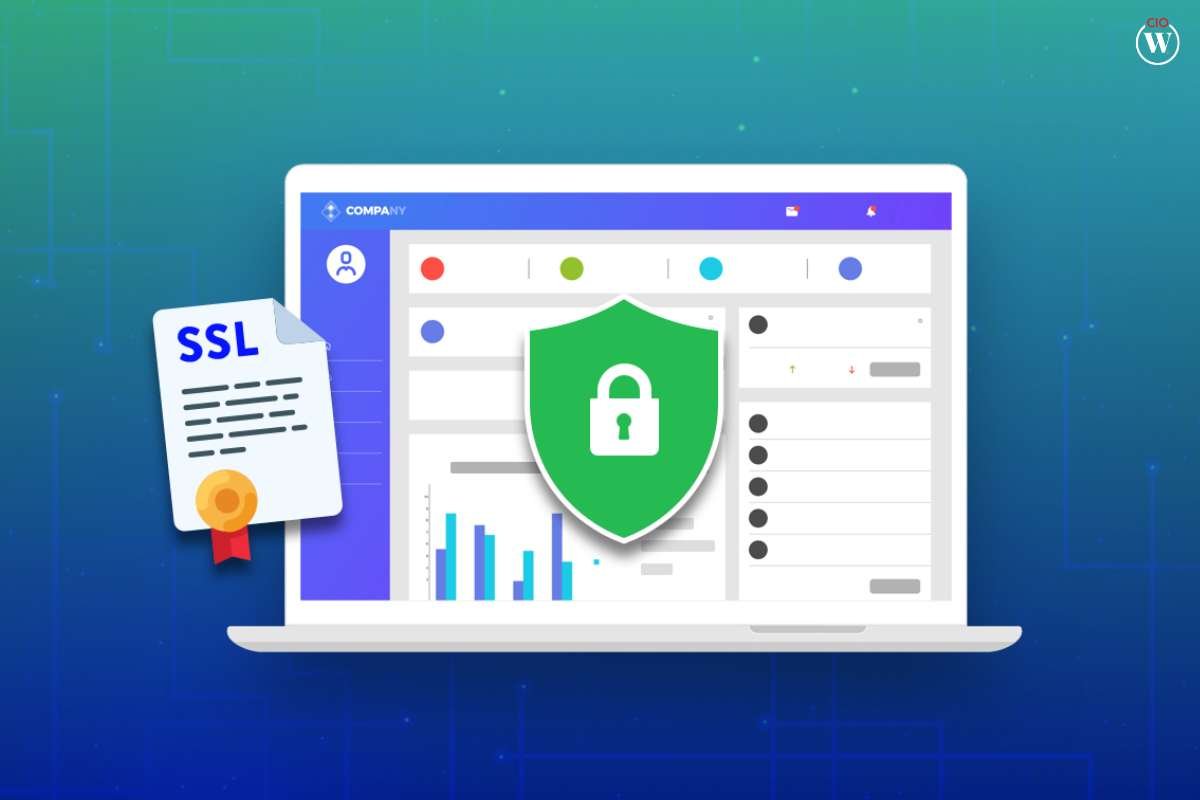Since the onset of content management systems (CMS) like WordPress, GoDaddy, and Joomla, securing a website is in the hands of the business owner himself. The business owner himself is the webmaster. Yes, securing a website has become that simple! But still, many entrepreneurs are unaware of this fact. There are no methods to make your website free from hacking forever. But, ensuring or taking the necessary steps to avoid loss of personal and confidential information or financial loss is way better.
See to it that your employees and customers feel safe when they desire to visit your website. It is never a guessing game. According to studies, more than 60% of people could not answer the questions asked on securing a website. All of them were American businessmen. They also could not answer what a safe URL looks like. So, one should realize the importance of securing a website.
Penning down 10 best practices for securing a website;
1. Get SSL certified
This is the “S” you see after the HTTP written on the link of your website. Consider this S as a secure sign. Secure Sockets Layer (SSL) is a security shield for your website that protects it from installed malware or destruction codes. Hackers try to decipher passwords, user details, confidential files, and even credit card details as they want to cause chaos on your website in any sort. For securing a website, this SSL certificate is a shield that will not allow any such attacks as your website travels around the internet because many users go through it at any time.

2. Periodically, scan your website
For securing a website, in your WordPress dashboard, there’s an option called ManageWP dashboard. A clickable button for security check is given to perform the same. It is free of cost. Threats or defects like malware attacks, blacklisting of websites, and other errors at any time can be easily detected. As mentioned, it is free of cost, you can also apply for the paid version. In that you can schedule the security checks on daily or weekly basis.
3. Keep backup
In case your website suffers from a malware attack or gets hacked you can easily revert all the information back if you have kept the backup. You will not lose the data and confidential information when a backup is kept. Keep the activate feature switched on on the ManageWP feature. This allows you to restore your site within a single click.
4. Enable 2FA
It means a 2-factor authentication. For securing your website, it provides a dual shield of security. It requires you to enter a code that is sent on your phone or registered email ID. You will have to generate a username and password. A plugin like Google Authenticator for WordPress can be used in order to add this feature to your website.

5. Update WordPress, themes, and plugins
Old WordPress files are the most common reasons for websites getting hacked or malware attacks on websites. Implement the updates of WordPress as and when they are released. All themes, plugins, and technical aspects must be seen and updated regularly. Be sure to also remove unused items from the coding of the website.
6. Keep monitoring and testing your site
On a weekly basis or once in a month, keep on monitoring and testing your website. This will help you to know what changes and updations are needed to be done in order to avoid any malfunctioning of the website. Consult a website developer to confirm whether all the technical aspects are well in place or not.
7. Take an attack on purpose
This is the final test of your website. Have someone to attack your website. See how it handles the attack and whether or not it can sustain the attack. This is known as “penetration testing”. There are many websites security-providing businesses that offer such services. Larger organizations hire these types of developers to safeguard their websites.
8. Have a Web Application Firewall
For securing a website, a Web Application Firewall (WAF), is the go-to option. Its main purpose is to read every ounce of data that passes through the website to protect it. In these digital times, all WAFs are plug-and-play as they are cloud-based. The cloud system acts as a gate block that restricts incoming attempts to hack the website.

9. Have rigid network security
Always keep tight network security when it comes to securing a website. Being a business person, securing a website is the most important activity, but is often overlooked. Your employees when working on the office computers may unknowingly create pathways for hackers to intrude on your website. Keep a strict network of security and give access to website servers to a minimum number of people. Do not blindly trust anyone.
10. Make use of a secure host
For securing a website, make use of a secure hosting organization. Your hosting company must offer services like a firewall, DDoS protection, and network monitoring. These are the first defense agents that protect your website from any harm.
Benefits of securing your website;
There are a number of benefits of securing your website. Namely:
- Google ranking enhanced.
- User’s information is well-protected.
- Higher ROI.
- Increased website legitimacy.
Conclusion:
If you’ve read till here, you must have realized the importance of securing a website and the threats attached to it as well. It helps to avoid any destructions related to the website and ensures harmony in the daily operations. Businesses exist to earn profits and sustain in the market, not to keep handling such elements that bring an obstacle in the operations.
So, the point is, all the above-mentioned elements help to bring about a change in the functioning of the website’s protection. Regular updates of technical errors and keeping track of any heinous activities is an important tasks to consider. Beware of such things and seek technical help whenever required.
Also read: 12 Ways to Improve Website User Experience








